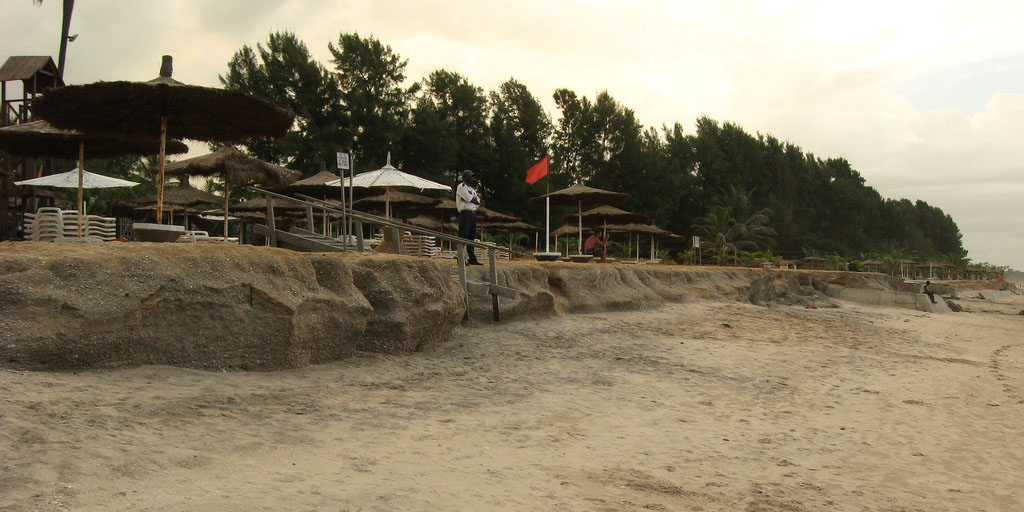
The project, 'Enhancing Resilience of Vulnerable Coastal Areas and Communities to Climate Change in the Republic of Gambia', will restore and maintain 2,500 ha of the mangroves forests of Tanbi Wetlands (of which 177,285 Gambian depends directly or indirectly on their economic activities, its buffer zones, sewage sinks and coastal stabilization roles), the North Bank, Western and lower river regions through a co-management approach to act as an additional buffer against climate-induced pressures in coastal areas. These mangroves will directly complement hard physical measures designed to project lowland rice growing and economic investment in coastal areas (fish landing sites, hotels) and will be planned an implemented alongside these hard measures through participatory planning
Also, climate resilient wetland and fisheries management strategies (such as resilient fisheries and wetland management plans, custom rules for wetland access and exploitation, community monitoring of fisheries quotas,) will be introduced and transferred to vulnerable communities in at least 20 wards in the Lower ans Central Valleys.
- District
- National Governments
- Department of Agriculture, Government of Gambia
- Department of Fisheries, Government of Gambia
- United Nations Development Programme (UNDP)
- Global Environment Facility (GEF)
$41,388,000
The project objective is to reduce Gambia’s vulnerability to sea-level rise and associated impacts of climate change by improving coastal defenses and enhancing adaptive capacities of coastal communities.
Outcome 1: Climate change vulnerability of development activities and investments in coastal areas reduced through the design and construction of coastal protection measures
This outcome will finance additional investments in hard and soft coastal protection measures to help maintain critical economic infrastructure, as well as key livelihood activities, in the face of sea level rise and coastal degradation.
Outcome 2: Rural livelihoods in the coastal zone enhanced and protected from the impacts of climate change through the demonstration and the transfer of successful coastal adaptation technologies and the introduction of economic diversification
This outcome will finance the demonstration and the transfer to communities Climate resilient wetland and fisheries management and planning methods
- UNDPHenry DioufRegional Technical Advisor
- UNDPAlmay CamaraCO Focal Point
